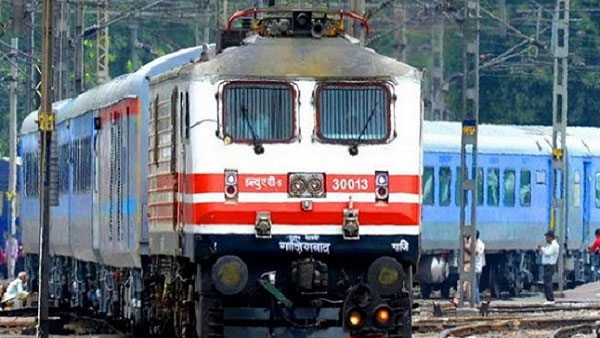Yatri Kripya Dhyan Dein! Trains have been utilized to connect India’s most rural locations to its most prestigious metropolises for millennia. In addition to being a good option for travel, they help the Indian economy by enabling reliable connectivity and providing businesses all over the nation with options for supply chains that are streamlined. The rich history and usefulness of rail travel date more than 150 years ago to April 16th, 1853, when the first train ran in India. By beginning the deployment of computerized reservations in New Delhi in 1986, the Indian Railways made a big advancement in the fusion of travel and technology. The co-founder and CEO of Confirmtkt, Mr. Dinesh Kumar Kotha, spoke with India.com about the Indian Railways’ use of technology to improve important features of rail travel.
8 ways Indian railways use technology enhance key aspects of train travel:
Read More: Here’s how to claim health insurance from your office cover and personal cover at the same time
1. Manufacturing Process
Implementing a virtual 3D Platform during the manufacturing stage helps significantly reduce manufacturing costs. Using the ‘Make in India’ initiative & 3D Printers to design and print train coach components allows manufacturers to view everything in detail, identify, and rectify mistakes immediately before production. This saves a lot of resources, money, and time.
2. Creating Eco-Friendly Passenger Coaches
Climate change is happening, and the Indian railways have decided to use technology to reduce environmental impact. The Indian railways have deployed 2.2 lakh bio-toilets across 61500 passenger coaches. Furthermore, around 950 train stations have been installed with integrated mechanized cleaning. Impressively, 13 railway stations have been awarded Green Certification, and a record number of 85 railway stations have been certified for implementation of the Environmental Management System.
3. Precise Signalling System
The conventional routes are being transformed into digital ones, fully equipped with advanced signaling. Indian railways have begun full-scale implementation of the European Train Control System. This means that trains must make the train speed compatible with the permitted speed on the track, thereby increasing safety and avoiding delays. The current plan is to modify close to 8000 railway stations.
4. Better Security Infrastructure
In recent times, the Indian railways have stepped up when it comes to security. 2931 coaches and 668 stations have been installed with CCTV cameras to ensure effective surveillance. The Indian railways have also installed Integrated Security System for 202 stations through CCTVs, access control, and other security measures. The Indian railways are further committed to implementing multi-layered security across all stations. This includes deploying both government and private security forces, scanning equipment, etc.
Read More: PM Kisan Samman Nidhi: eKYC to end on July 31, know how to complete Aadhaar authentication
5. Implementation of QR Codes
QR codes have made the time-consuming and challenging ticket verification process a quick and efficient one. Implementation of QR tickets and codes allows for a swift and credible verification process. This was a major help during the COVID-19 global pandemic where they eased the transition to contactless and safe travelling.
6. Implementing Real-time Tracking
The Indian Railway is a massive network. Multiple trains run to numerous destinations at any given time. Pinpointing the exact train and location is an arduous task. Even more challenging is coordinating routes with trains. Luckily, large-scale implementation of GPS systems on trains has begun. This allows for live tracking and feed. Live monitoring can also be used to maximize efficiency by reducing empty kilometres and unnecessarily long detours. The data collected from tracking produces raw data and uses KPIs and data analytics. This raw data can be transformed into actionable intelligence that aims to improvise train travel as needed.
7. Implementing SMART Coaches
Installation of IoT devices in train coaches has started. These SMART coaches are equipped to provide the safest and most comfortable journey to passengers. Some of the features include provisions for Digital Destination Board, Switch Cabinet Board, Monitoring of RMPU analytics regarding the health status of the respective compressor and low cooling & low heating using PICCHU, live-display of water availability, etc. The coaches also come equipped with 6 CCTV cameras, better emergency options, and WiFi infotainment boxes.
8. Easy Train Booking
Booking a ticket has never been easier; more importantly, canceling once has never been this hassle-free. With several travel websites, and ticket booking websites, each aimed at providing the best possible service to the passengers, travel has genuinely been made easy. Using a combination of data analytics and other technologies, passengers can now filter down the best possible travel options. Everything from selecting & booking preferred seats to knowing passenger load, the number of stops, journey ETA, the current position of the train, cancellation options, etc., is all information at the disposal of passengers today. All of this gives more control to the passengers, allowing them to plan and choose their desired train travel.
The journey to integrate technology and train travel has only begun. The Indian railways and several travel-centric companies are working every day towards improving train travel, making them more efficient, cost-effective, and safer than the day before.





































